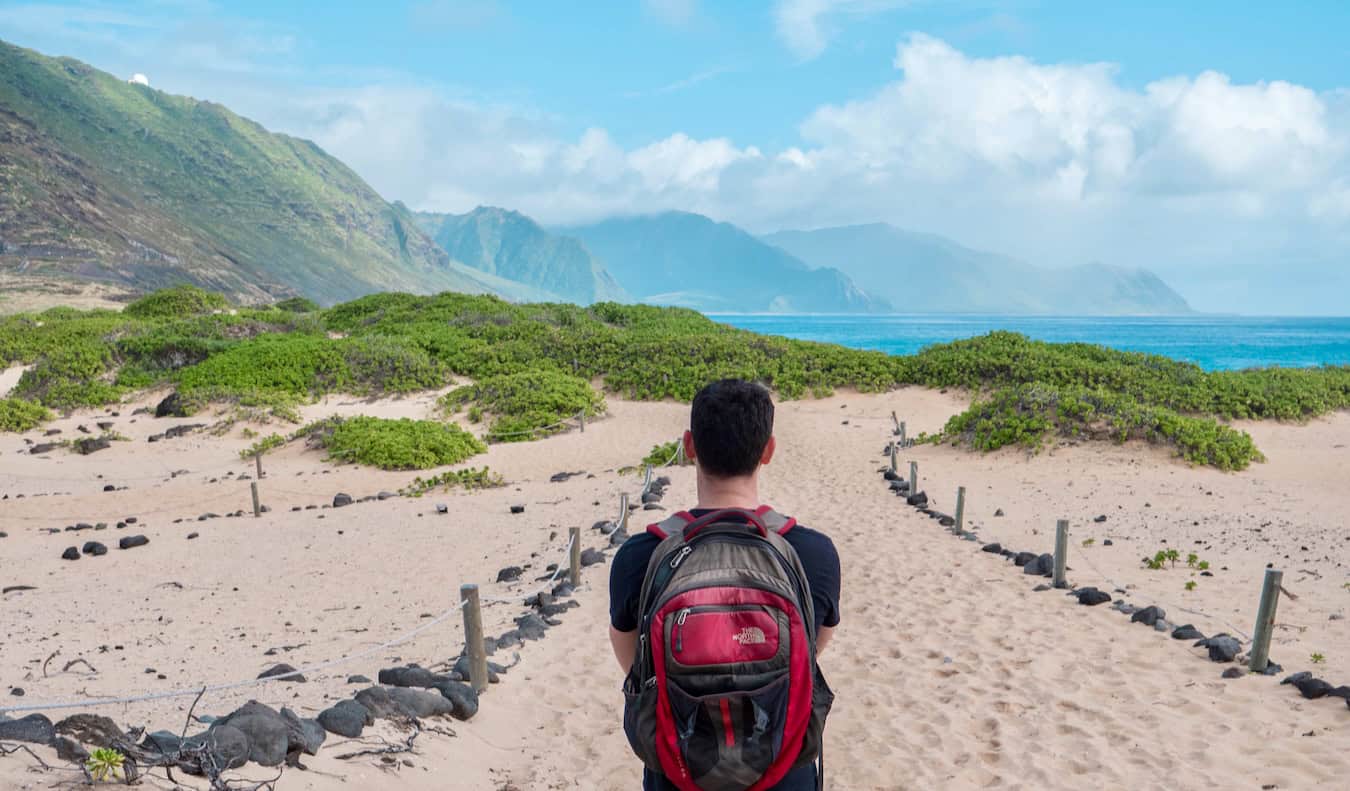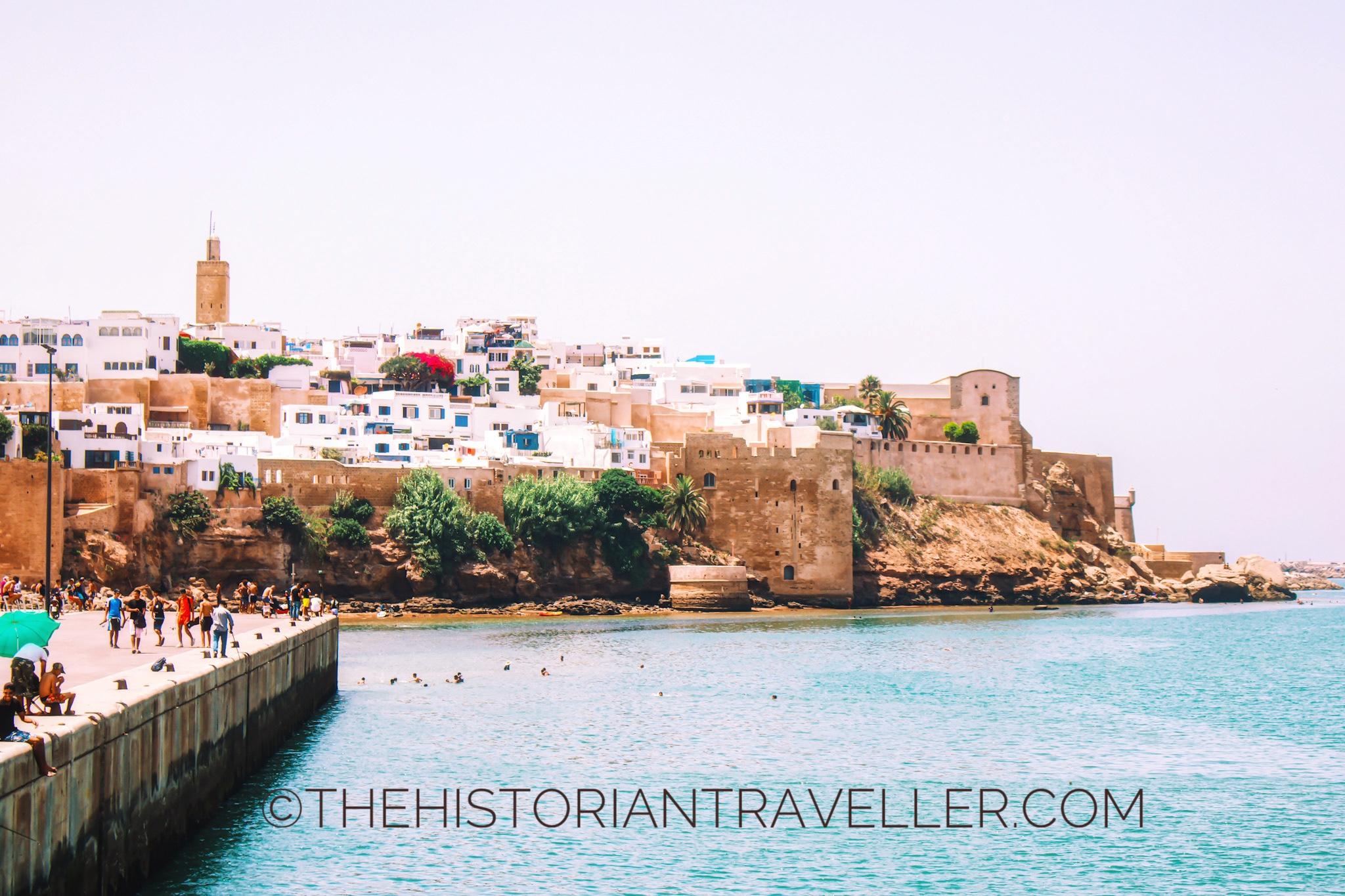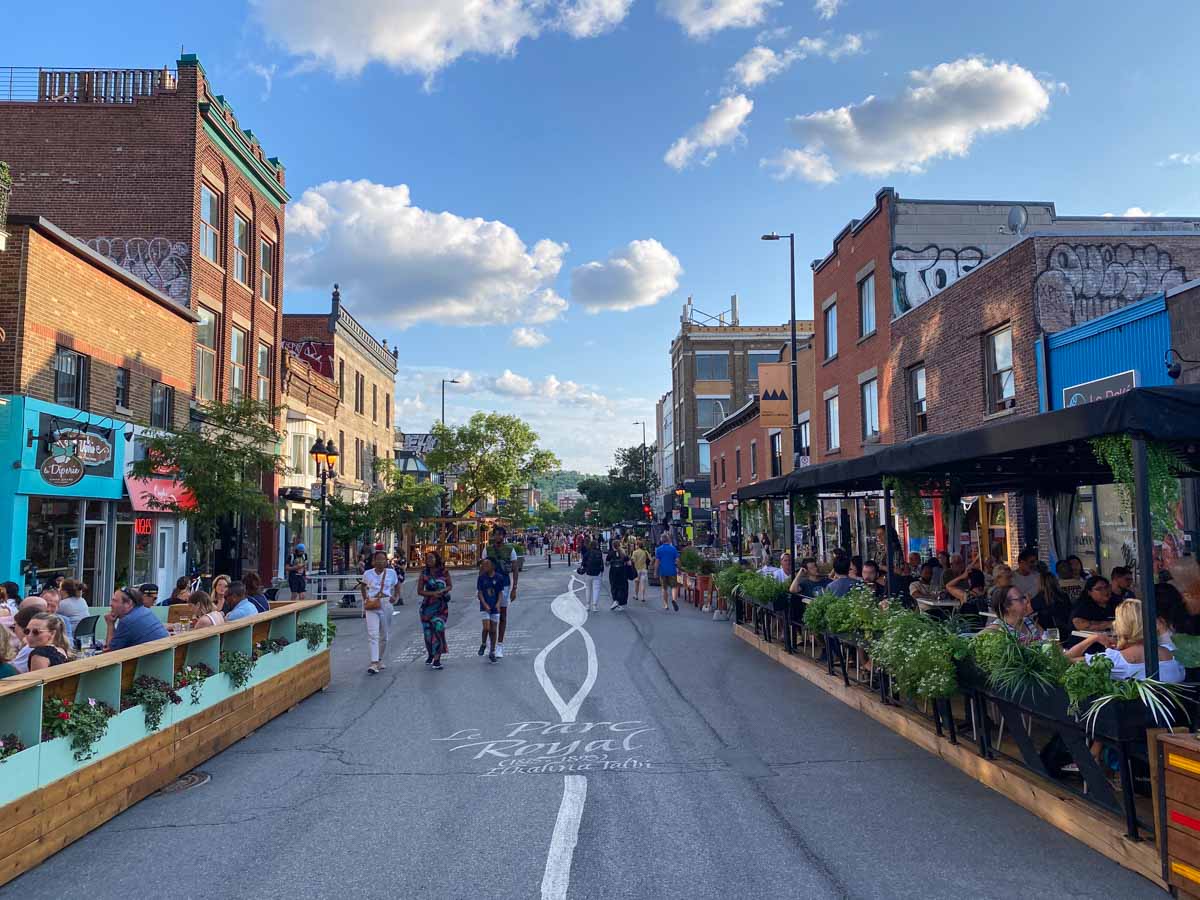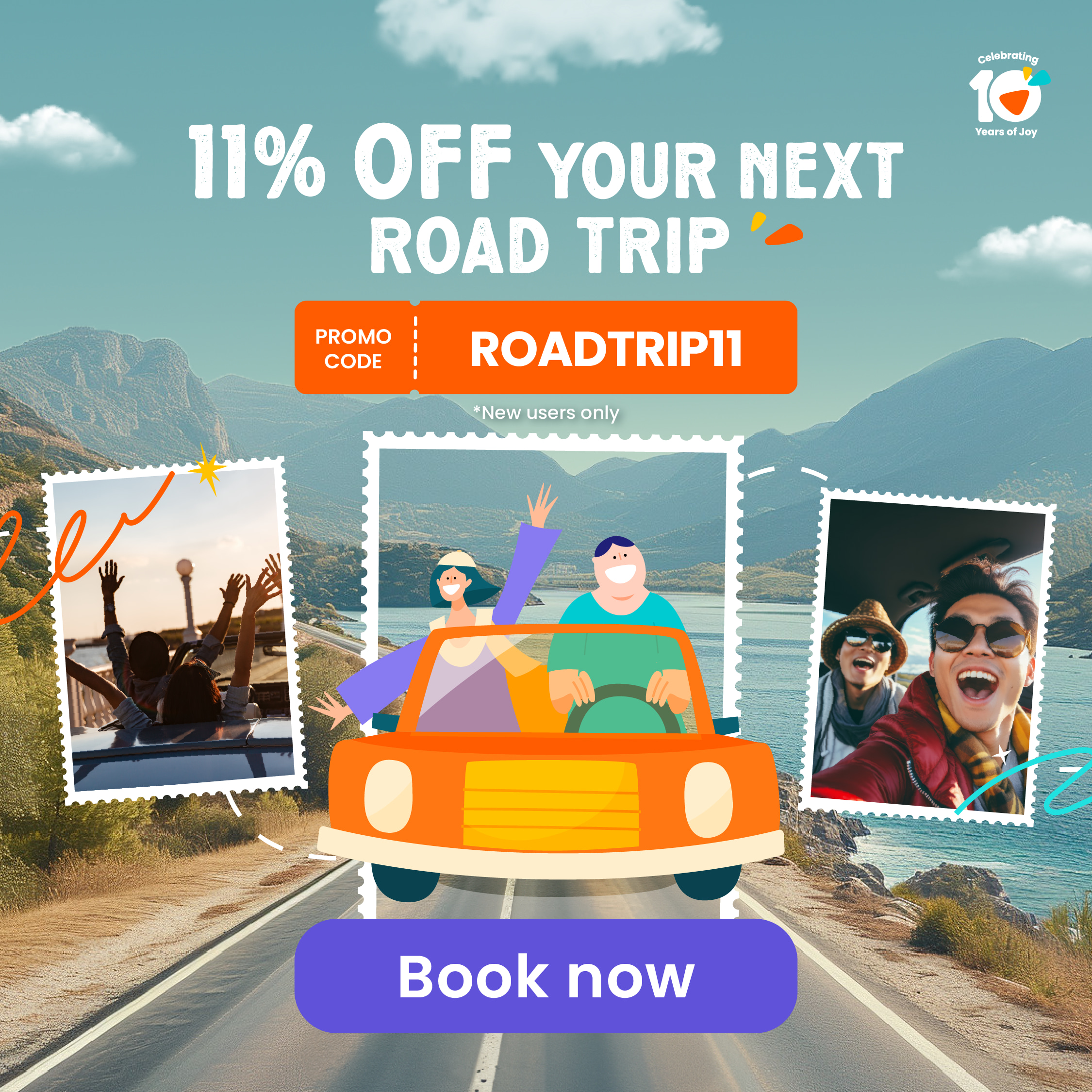Impact of Travel Duration on Tourism Destination Choice

The Influence of Travel Duration on Tourist Behavior
The duration of travel is a pivotal factor shaping the decisions of potential tourists. Each year, millions embark on various journeys, significantly influenced by a multitude of factors, with travel time often taking precedence. Grasping how travel duration affects destination selection is essential for both prospective travelers and industry professionals alike.
- Short Getaways: For individuals juggling busy schedules or limited vacation days, destinations within a few hours’ drive emerge as attractive options. For instance, residents of major cities like New York may opt for weekend escapes to destinations such as the Hudson Valley or the Catskills, where outdoor activities and boutique hotels await. These locales not only provide a change of scenery but also offer the benefit of minimal travel time, enabling quick access to relaxation.
- Extended Vacations: Conversely, longer travel durations often inspire tourists to pursue more adventurous destinations. A family keen on exploring different cultures might plan an extended trip to Europe, taking advantage of long flights by spending substantial time in countries like Italy or Spain. The immersion into new environments—complete with historical sites, diverse cuisines, and local traditions—compensates for the time spent in transit.
- Activity Balance: Many travelers consider the equilibrium between total travel time and the duration for engaging in activities at their destination. For instance, a week-long vacation in Costa Rica might include a long flight, yet the promise of breathtaking beaches and lush rainforests makes the journey worthwhile. This balance is crucial as it often dictates the overall satisfaction of the trip.
Research has shown that the perception of travel time can substantially enhance or diminish a destination’s appeal. Travelers frequently contend with their desire for relaxation while evaluating the investment of time required to reach their chosen destination. For example, regions that provide swift access to outdoor adventures or vibrant cultural experiences—like the National Parks in Utah or urban art scenes in cities such as New Orleans—are witnessing significant growth in visitor numbers.
Statistics to Ponder
Statistics reveal key insights into traveler behavior:
- Over 60% of travelers prefer destinations that can be reached in under a 3-hour drive, reflecting a strong inclination towards short and manageable trips.
- International travelers are inclined to combine longer flights with extended stays, opting for immersive experiences that justify the travel time.
- The rise of weekend trips, often utilizing just one or two nights for maximum enjoyment, points to a burgeoning trend of quick escapes from daily routines.
These emerging behaviors underscore the importance of adapting marketing strategies to suit diverse travel durations. By analyzing these trends, stakeholders in the tourism sector can better grasp the intricate relationship between travel time and the choice of destinations, thereby creating more appealing packages and fostering an enriching travel experience.
DISCOVER MORE: Click here to dive into American cultural festivals

Travel Duration: The Key to Unraveling Tourist Preferences
The impact of travel duration on the choice of tourism destinations is a multi-dimensional phenomenon that cannot be overlooked. Travelers’ preferences are intricately linked to the time they are willing to invest in reaching a specific location. This relationship is shaped by a confluence of factors, including personal circumstances, lifestyle habits, and the desire for unique experiences. Understanding this correlation is vital for destination marketers and tourism boards aiming to attract a diverse range of visitors.
In analyzing how travel duration influences destination selection, it is essential to consider the psychological factors at play. Tourists are often motivated by the pursuit of adventure and relaxation, but these desires compete with pragmatic considerations like time constraints. For instance, a young professional may lean towards spontaneous weekend trips to nearby beaches or mountain resorts due to limited vacation time. This behavioral trend emphasizes the growing popularity of “staycations” or quick getaways that allow for immediate gratification without the hassle of long travel times.
Regional Considerations in Travel Duration
Different regions offer varying draws based on travel duration preferences. For example, the East Coast of the United States boasts an array of destinations such as the historic cities of Philadelphia and Washington D.C., easily accessible by train or car within a few hours. This accessibility is a marketing boon for local tourism boards, as it appeals to families and individuals seeking day trips or weekend excursions. Furthermore, the proximity of attractions significantly impacts the appeal of a destination. Locations like the Adirondacks or the scenic coastlines of Maine attract those ready to unplug and unwind without an extensive travel itinerary.
- Short Drive Destinations: Popular weekend getaways, such as the Delaware beaches or Finger Lakes in New York, cater to those craving quick escapes and family-oriented activities.
- Accessible International Travel: Many Americans consider destinations like Cancun or Toronto as feasible options, especially when flights range around 3-5 hours, blending adventure with reasonable travel times.
- Rural Retreats: As urban centers become increasingly congested, rural destinations offering fresh air and open spaces are becoming more appealing; travelers are willing to invest time in reaching a peaceful haven.
Moreover, the increasing frequency of budget airlines and the availability of affordable international travel options have led to an influx of millennials and young families opting for overseas vacations with longer travel durations. The critical question arises: How do tourists justify the time required for journeys that span several hours or even days? Often, the prospect of rich cultural experiences, exotic locales, and the chance to create cherished memories outweigh the inconveniences of longer travel times.
Ultimately, the impact of travel duration on tourism destination choice holds significant implications for the tourism industry. By understanding how different demographics weigh travel time against the potential rewards, marketers can develop more targeted strategies that resonate with tourists’ evolving preferences. This insight allows for tailored promotional efforts highlighting convenient access and unique offerings, ensuring that potential visitors envision their experiences even before they embark on their journeys.
Understanding the Duration of Travel and Its Impact on Destination Choice
The impact of travel duration on tourism destination choice is a multifaceted subject that intertwines with various factors influencing travelers’ decision-making processes. As travelers plan their holidays, the length of their stay becomes a critical consideration. Studies reveal that trip length not only affects cost but also shapes experiential satisfaction, which in turn influences destination selection.For instance, short trips often lead tourists to choose nearby destinations, primarily for accessibility and time efficiency. This behavior reflects a preference for weekend getaways or city breaks, allowing travelers to make the most of their limited time. In contrast, longer travel durations tend to entice travelers to venture further afield, often in search of unique cultural experiences or immersive adventures. This dynamic is crucial for tourism managers as they strategize their offerings.Moreover, travel duration impacts not only the choice of destination but also the types of activities engaged in. Short trips may prioritize key attractions, while longer stays provide the luxury of a more leisurely exploration, including off-the-beaten-path experiences. Such orientations can drive tourism trends, leading to varying marketing strategies from destination management organizations.Incorporating insights about travel duration into tourism marketing aims to create tailored experiences that resonate with potential visitors. For instance, a recent survey indicated that travelers seeking beach vacations might prefer week-long getaways during the summer, while those interested in cultural hubs may opt for shorter city tours during fall or spring. Understanding these nuances enables regions to diversify their appeal and optimize their tourism strategies.
| Category | Description |
|---|---|
| Travel Flexibility | Longer durations allow for more exploration and flexibility, resulting in richer experiences. |
| Cultural Immersion | Travelers are often able to immerse themselves in local culture, enhancing the overall experience. |
In summary, understanding how travel duration influences destination choice equips stakeholders in the tourism industry to enhance travel experiences and meet the evolving demands of travelers. This knowledge paves the way for strategic decisions that resonate with diverse visitor motivations, ultimately enriching the tourist experience and boosting local economies.
DIVE DEEPER: Click here for expert tips on planning your itinerary
Travel Duration and Visitor Segmentation
The impact of travel duration extends beyond just the distance and time it takes to get to a destination; it also plays a crucial role in visitor segmentation. Different tourist demographics display distinct patterns of travel duration preferences, each with unique motivations and constraints influencing their decision-making process. Understanding these diverse segments is essential for tourism stakeholders aiming to cater effectively to their target markets.
For instance, families with young children typically prioritize shorter travel durations to accommodate their children’s needs and maintain schedule flexibility. Weekend trips to theme parks or family-friendly resorts become the go-to options as parents seek to maximize quality time without overextending travel logistics. Within this demographic, attractions that offer convenient access to amenities or activities that cater to the entire family can greatly increase visitation rates.
In contrast, adventurous millennials and Gen Z travelers often exhibit a willingness to embrace longer travel durations for the sake of exploration. These younger cohorts are characterized by their craving for authentic experiences, whether that involves trekking to remote mountain retreats or diving into the vibrant cultural tapestry of distant cities. This demographic is more prone to taking extended vacations, fueled by the flexibility of remote working arrangements or the allure of affordability offered by budget airlines. The average duration for such trips often spans a week or more, reflecting their desire for immersive travel experiences.
The Role of Travel Duration in Destination Marketing
Destination marketing organizations (DMOs) are beginning to harness insights regarding travel duration to refine their marketing strategies. By understanding how different socio-economic groups prioritize travel time, DMOs can more accurately target their promotional campaigns. For instance, they can highlight accessibility for local visitors while simultaneously showcasing distinctive offerings for long-haul travelers. Campaigns emphasizing duration can position certain destinations as suitable for both quick trips and extended stays, thus appealing to a wider audience.
- Localized Ads: Marketing efforts such as digital advertisements focusing on short-haul destinations can drive traffic during peak family getaway periods, exploiting regional travel patterns.
- Experience Packages: Developing tailored travel packages that combine accommodations, sightseeing, and unique experiences can entice those willing to engage in longer travel while ensuring they make the most of their time on-site.
- Social Media Engagement: Platforms like Instagram and TikTok serve as powerful tools for promoting destinations that cater to short and long travel durations. User-generated content showcasing exciting adventures can sway potential travelers, making destinations desirable regardless of travel time.
Furthermore, the emerging trend of eco-tourism suggests that some travelers are becoming more willing to invest additional travel time to reach sustainable destinations. As environmental considerations rise among travelers, destinations that may require longer journeys can leverage this trend by promoting their commitment to eco-friendly practices and conservation efforts. Tourists are often eager to justify longer travel times when they perceive a positive impact on the environment and local culture.
Ultimately, the impact of travel duration on tourism destination choice is an evolving landscape influenced by a myriad of factors, including age, lifestyle, and socio-economic status. As such, it remains imperative for destination marketers to continually assess the shifting dynamics of travel preferences, ensuring that they effectively engage with potential visitors and address their specific needs and desires. This strategic approach will aid in shaping the future of travel, where both short and long journeys are celebrated for the unique experiences they provide.
DISCOVER MORE: Click here to unwind with our wellness activities
Conclusion: The Evolving Influence of Travel Duration on Tourism Destination Choice
In summary, the impact of travel duration on tourism destination choice is a multifaceted issue that increasingly shapes the travel landscape. As we have explored, the preferences for travel time significantly differ among various demographic segments, leading to distinct tourism behaviors and motivations. Families with short excursion needs seek convenience and accessibility, contrasting with younger travelers who are eager for immersive experiences in distant locales. This divergence in travel duration preferences underscores the necessity for destination marketers to adapt their strategies to cater to these diverse segments.
Moreover, as destinations compete for travelers’ attention, the ability to market effectively around travel duration becomes vital. Tailoring campaigns that resonate with both quick getaway seekers and longer-term explorers can maximize reach and foster distinct appeals that meet travelers’ diverse needs. In addition, the rising trend of eco-tourism highlights a shift in consumer values, whereby many are willing to commit to longer travel durations if it means supporting sustainability and positively impacting local communities.
Looking ahead, understanding the impact of travel duration will be crucial for tourism stakeholders. It will help them navigate trends and consumer expectations while creating strategic initiatives that enhance visitor experience. By embracing the nuances of travel preferences, the industry can ultimately celebrate the rich tapestry of journeys—whether brief or extended—leading to deeper connections between travelers and the destinations they cherish.


